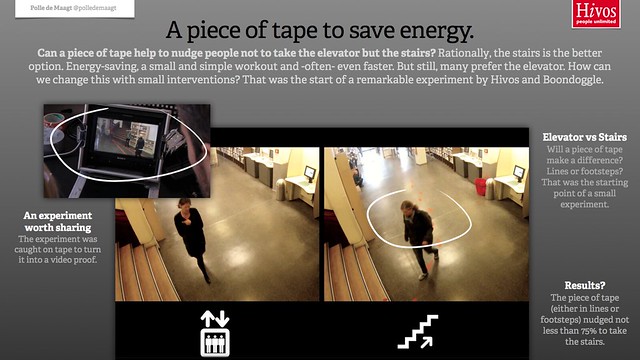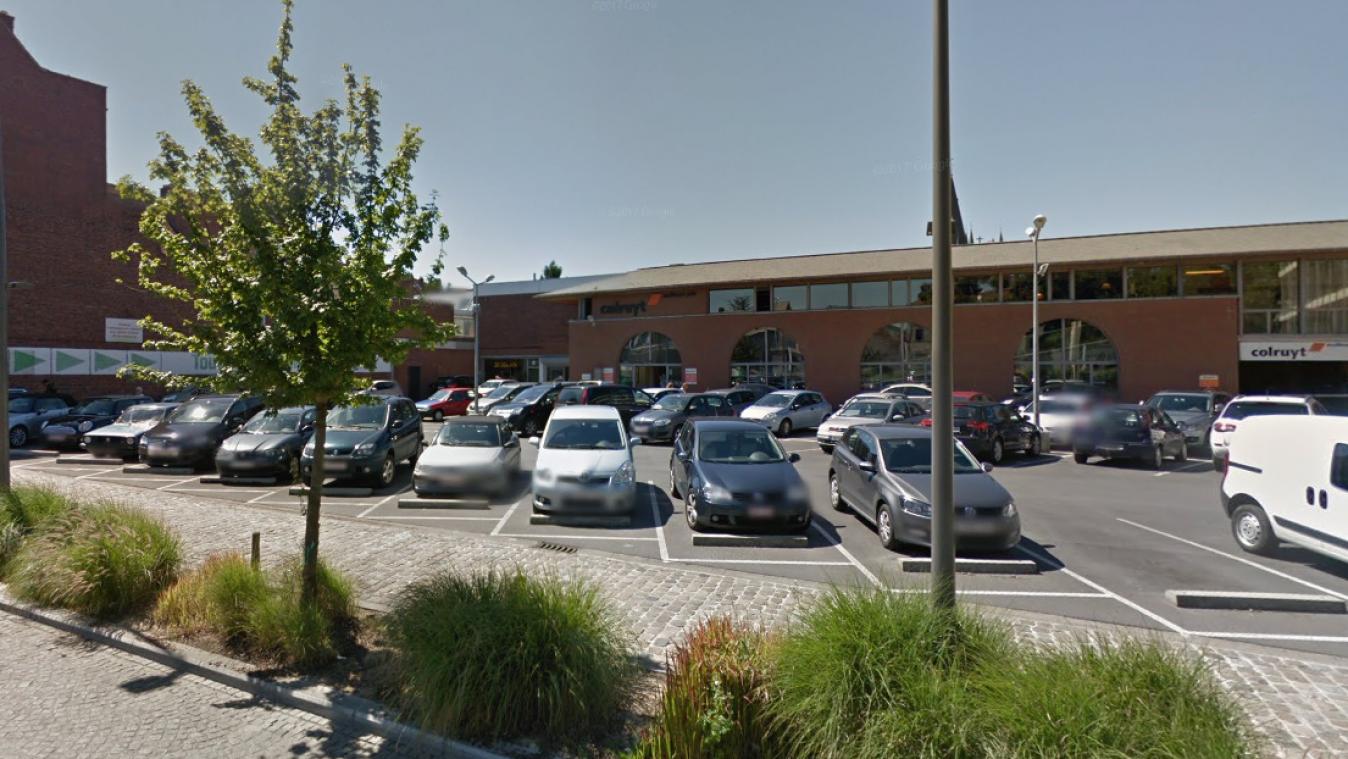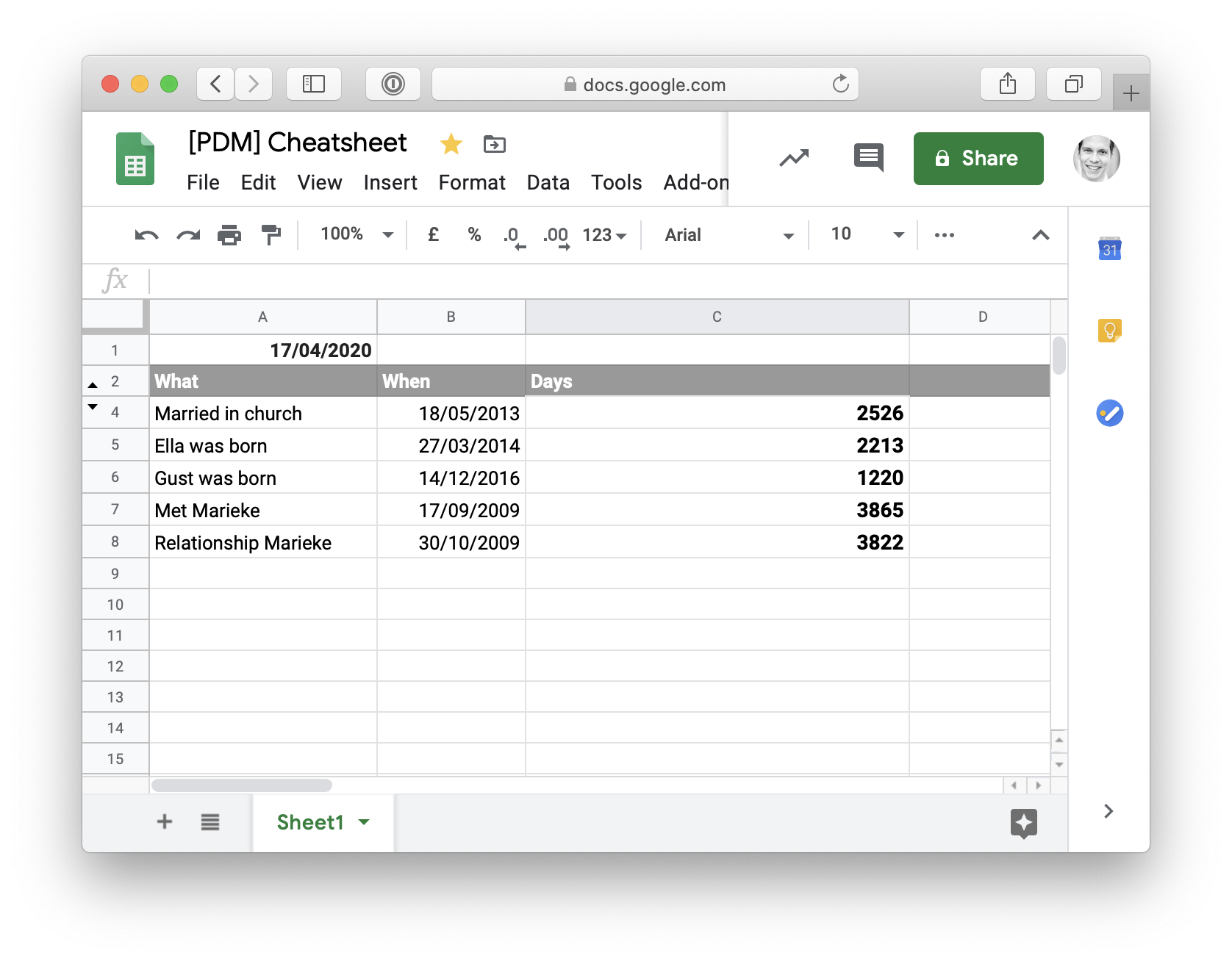The concept of nudge is the ultimate ‘acts not ads‘. Not telling what people should do, but using behavioral economics, choice architecture and small interventions to change people’s behavior. That’s why I love Hivos and Boondoggle’s new experiment: can a piece of tape help to save energy?
Can a piece of tape help to nudge people not to take the elevator but the stairs? Rationally, the stairs is the better option. Energy-saving, a small and simple workout and -often- even faster. But still, many prefer the elevator. How can we change this with small interventions? That was the start of a remarkable experiment by Hivos and Boondoggle.
During a few hours, a camera recorded a simple experiment: will lines or footsteps nudge people to take the stairs instead of the elevator and thus save energy? Well … it did. Approximately 75% was nudged into taking the energy-saving (and healthy) option.
The concept is related to the Volkswagen Fun Theory (although I always have questioned the link between Volkswagen and fun), which is dedicated to “the thought that something as simple as fun is the easiest way to change people’s behaviour for the better. Be it for yourself, for the environment, or for something entirely different, the only thing that matters is that it’s change for the better“. And personally, I think this is the way to go for brands: remarkable acts with a communication spotlight. Results that aren’t about awareness or likes, but about really changing people’s behavior for the better.
It also lifts Hivos from being yet another non profit organisation towards an organisation that really makes a positive change and has a cause/purpose worth joining: small interventions to save energy is something that can appeal to pretty much anyone (more on that later).
So kudos for Hivos and the Boondoggle team. I’m really looking forward to future nudge experiments.
Oh … and no, nudge is not the same as gamification. Gamification is a mere footnote in the huge set of choice architecture and behavioral economics tactics.





6 comments
Is er onderzocht of de factor ‘nieuwheid’ meespeelt? Bvb in een kantoorgebouw, met elke dag dezelfde mensen. Blijft het werken? Of na x tijd toch terug meer liftgebruik?
Hoorde,ooit bij flanders dc over architectuuroplossingen. Bvb traphal centraal, lift verstopt achter de hoek. Vaak is omgekeerde waar in gebouw.
He Koen, in dit specifieke experiment is dat niet onderzocht, maar kijk zeker even naar boeken als ‘Nudge’, ‘Obliquity’ en andere boeken over behavioral economics en choice architecture.
Als je nog een voorbeeld nodig hebt, ik kom tegenwoordig op de baan af en toe wegmarkeringen tegen die eigen zijn aan verkeersdrempels (dwarse lijn met loodrecht hierop op regelmatige afstand korte lijnen). Alleen is er geen wegverhoging. Toch (ook na de ‘nieuwheid’) gaat men spontaan op de rem staan.
Lijkt me allemaal een beetje Pavlov. Men is geconditioneerd bepaalde lijnen te volgen (in jouw voorbeeld), dan wel te vermijden.
Heerlijk. Kun je als je de kans krijgt eens een foto maken?